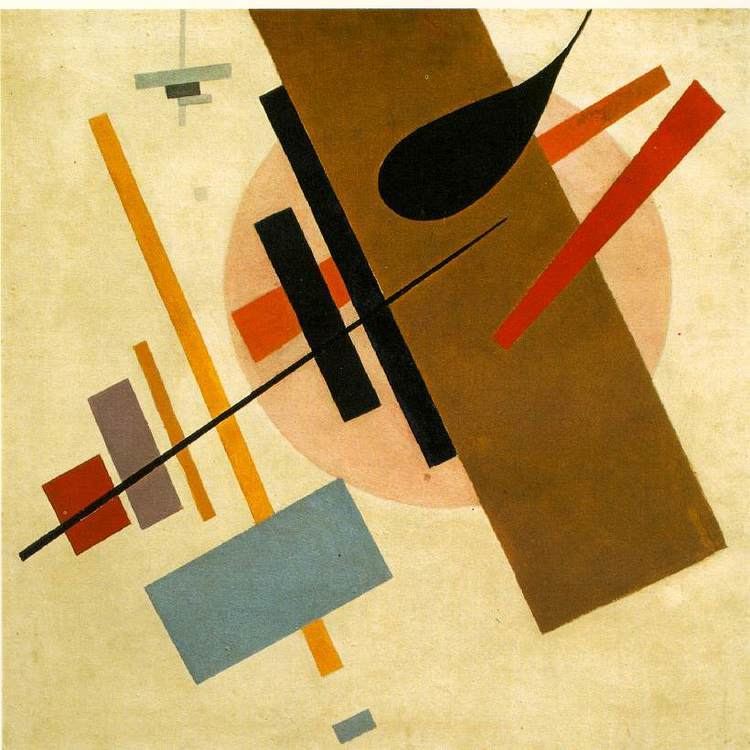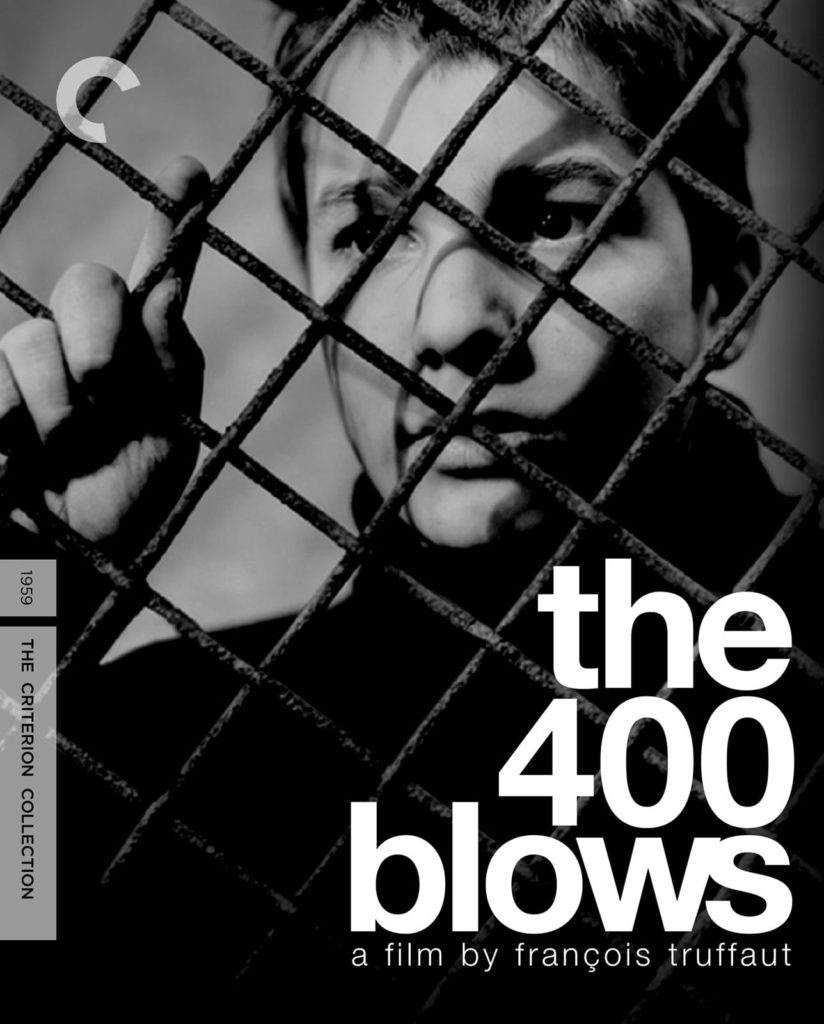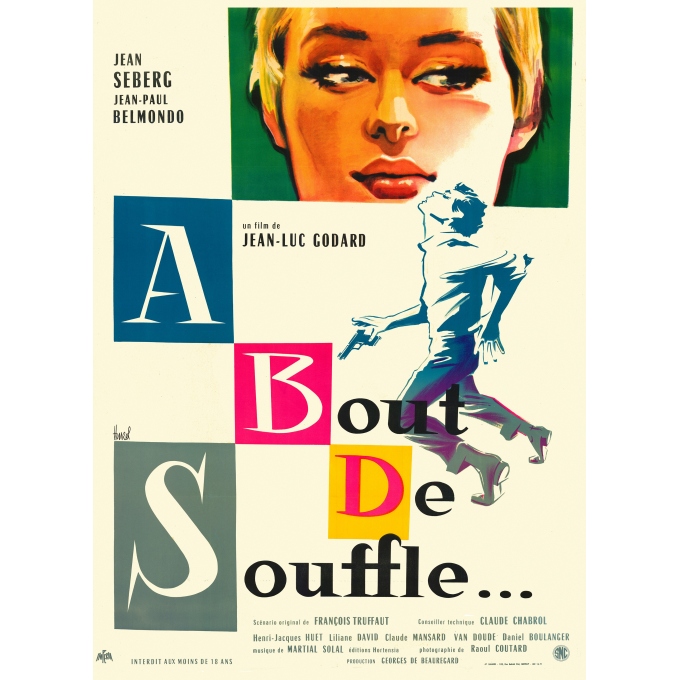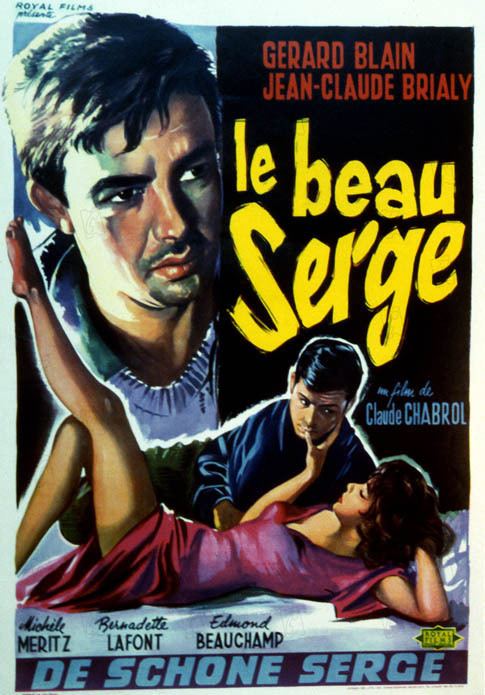emphasised by feelings and emotion, characterised by simplified shapes bright colours and gestural marks/brushstrokes, shows idea more than replicating reality
Daily Archives: March 22, 2022
Filters
UFA (1917-present) – How has the UFA managed to stay in business?
UFA, a German motion-picture production company that made artistically outstanding and technically competent films during the silent era. Located in Berlin, its studios were the best equipped and most modern in the world. Its purpose was to promote German culture and, in the years following WW1, to enhance Germanys international image. When the Nazis came to power in 1933, it was coerced to make National Socialist films. Rising production costs and a shrinking international market (owing to Nazi policies) led to large deficits. The government purchased the company in 1937 and thereafter tightly controlled film content. The company ceased to exist after the war’s end in 1945. A new company called UFA was launched in 1956, but it eventually went bankrupt.
Today, UFA GmbH (UFA) works as a subsidiary of RTL Group’s production division Fremantle Media, which had been formed out of Pearson TV, and is responsible for all production activities of Bertelsmann and Fremantle Media in Germany.
RUSSIAN CONSTRUCTIVISM
Name at least 3 other films identified by critics as classic Constructivist films



RUSSIAN CONSTRUCTIVISM
How does the Gerasimov Institute operate now?
Located in Moscow, it is a top university focusing on cinematography. Founded in 1919, it is still in operation with students still being able to attend.
RUSSIAN CONSTRUCTIVISIM
Describe some of the stylistic conventions associated with the expressionist art movement. Post some additional examples of Constructivist art.
Straight lines were a common feature to show the more modernised society Soviets would be living in. Pure geometric forms, linearity, symmetry, repetition, simple, sans-serif fonts, the dominance of red and black, photomontage. Using these elements, Constructivists would create a graphic design style. This began just after the revolution in 1917.



Auteur Theory
Auteurs are described as the ‘author’ of films as they tend to oversee everything in the films process from sound elements to visual elements of the film.
Some directors that were seen as auteurs are:






